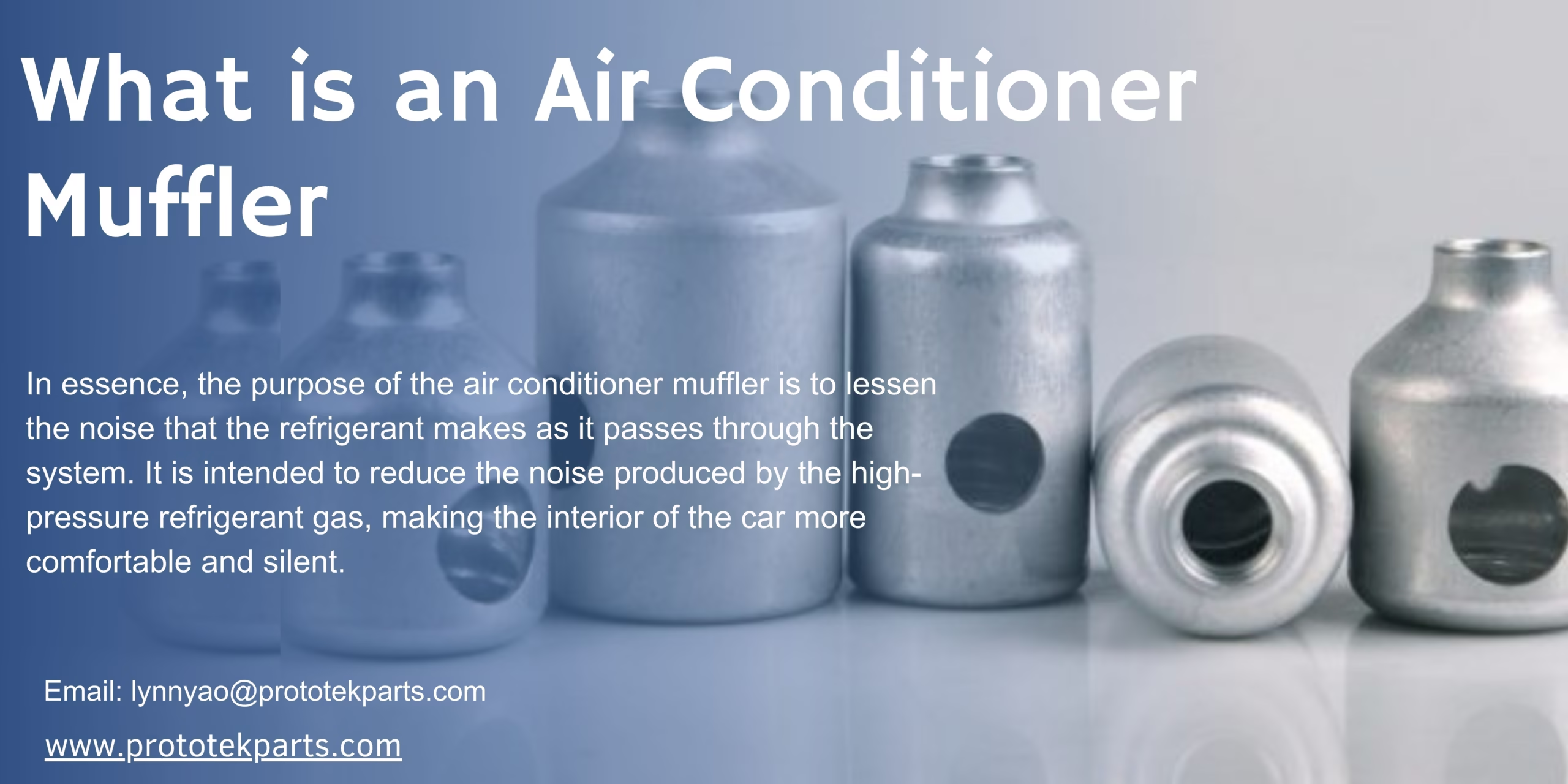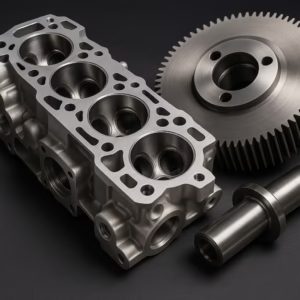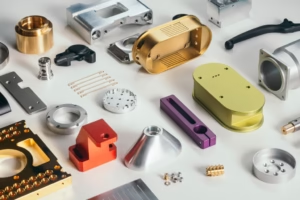What is an Air Conditioner Muffler and its Function
Introduction
Your air conditioner is teeming with motors and mechanical components from the compressor to the condenser. It’s critical to comprehend the function of your car’s A/C muffler because these components can produce a lot of noise when operating. These components are frequently disregarded, yet they are essential to the smooth and effective operation of your air conditioning system, which keeps you cool and comfortable while driving. The workings of your A/C muffler, their significance to your car, and the warning signs of a malfunctioning system are all covered in detail in this article. We can help you with everything from recognizing typical signs of muffler issues to providing maintenance and repair advice.
What is an Air Conditioner Muffler?
The air conditioner is your best buddy when it comes to cooling your automobile on a hot summer day. However, have you ever pondered why the air conditioner runs so effectively and silently? The air conditioner muffler is one of the main parts that is to blame for this.
In essence, the purpose of the air conditioner muffler is to lessen the noise that the refrigerant makes as it passes through the system. It is intended to reduce the noise produced by the high-pressure refrigerant gas, making the interior of the car more comfortable and silent.
Technically speaking, the AC muffler is an oval or cylindrical part composed of sturdy materials that can tolerate high temperatures and pressures. It can effectively reduce the noise produced by the refrigerant and is usually fitted in the discharge line between the compressor and the condenser. The muffler lowers the total noise level of the air conditioning system by absorbing and dissipating sound energy through several chambers and perforations.
It is impossible to exaggerate the significance of the air conditioner muffler. It helps shield other parts of the air conditioning system from excessive vibrations and possible damage in addition to increasing passenger comfort by lowering noise levels. The first step to making sure your car’s air conditioning system runs smoothly and effectively is to understand the role and function of the AC muffler.
How Air Conditioner Mufflers Work
Understanding the fundamentals of a car’s air conditioning system is crucial to comprehending how air conditioner mufflers operate. The system cools the air within the vehicle by absorbing and releasing heat through the circulation of refrigerant. The refrigerant experiences temperature and pressure variations as it passes through different parts, including the compressor, condenser, and evaporator, which can result in a lot of noise.
The refrigerant’s noise as it passes through the system is muffled by the air conditioner muffler. Several chambers and baffles inside the muffler cause the refrigerant flow to become turbulent. The sound waves are broken up by this turbulence, which also transforms the sound energy into heat that is released through the muffler’s walls. The muffler considerably lowers the air conditioning system’s noise level by absorbing and distributing sound energy.
Furthermore, the air conditioner muffler’s design makes sure that it doesn’t obstruct the refrigerant’s flow. To ensure that the system runs effectively, the muffler’s interior structure is designed to let the refrigerant travel through with the least amount of resistance. The air conditioner muffler is a crucial part of the car’s air conditioning system because it strikes a careful balance between minimizing noise and maximizing refrigerant flow.
Importance of Mufflers in Vehicle Air Conditioning
Although reducing noise is the main purpose of an air conditioning muffler, its significance extends well beyond making the interior of a car quieter. A muffler can increase passenger comfort and make lengthy rides more enjoyable by lowering noise levels. Reducing excessive noise facilitates easier communication and makes the environment more tranquil, particularly during lengthy car rides. An air conditioning muffler is essential for safeguarding the air conditioning system in addition to increasing comfort.
Other components may become worn down by excessive noise and vibrations, which could result in failures and costly repairs. The muffler contributes to the air conditioning system’s longevity by reducing these vibrations, guaranteeing dependable operation for many years to come. Furthermore, a properly operating air conditioner muffler contributes to the system’s increased overall efficiency. The muffler guarantees that the system runs at its best by preserving an ideal refrigerant flow and lowering the possibility of component damage.
Common Issues with Air Conditioner Mufflers
Even though they are important and long-lasting, air conditioner mufflers might have problems. Clogging is one of the most frequent issues, and it can happen when impurities and debris build up in the refrigerant. Increased noise levels and decreased cooling performance can result from a clogged muffler that restricts the flow of refrigerant. Frequent upkeep and prompt refrigerant filter replacement can help avoid blockage and guarantee the muffler runs efficiently.
Damage brought on by extreme vibrations or physical impact is another frequent problem with air conditioner mufflers. Even though the muffler is made to resist high temperatures and pressures, it can nevertheless sustain damage from impact from road debris or strong vibrations. Increased noise levels and decreased air conditioning system efficiency can result from damaged mufflers. Any possible damage can be found and fixed before it becomes a serious problem with routine inspection of the muffler and surrounding parts.
Another common issue with air conditioner mufflers is leaks. Refrigerant leaks may result from the muffler’s seals and connections deteriorating over time. In addition to decreasing the air conditioning system’s effectiveness, leaks can be harmful to the environment and human health. Leaks can be avoided, and the muffler’s proper operation can be ensured with routine seal and connection examination and maintenance.
Signs Your Muffler Needs Replacement
You can avoid potential discomfort and expensive repairs by recognizing the warning indications that your air conditioner’s muffler needs to be replaced. The air conditioning system’s increased noise levels are among the most noticeable indicators. It could be a sign that the muffler isn’t successfully suppressing the sound waves if you find that the air conditioner is louder than usual. This may be the result of internal component wear and tear, damage, or blockage.
Another indication that your muffler needs to be replaced is decreased cooling efficiency. A damaged or clogged muffler limiting the flow of refrigerant may be the cause of the air conditioner’s inability to chill the car’s interior as well as it formerly did. The compressor and other parts may experience more strain as a result, which could result in more harm.
The air conditioning system’s rattling sounds or strange vibrations may also be signs that the muffler needs to be replaced. These vibrations may be brought on by loose connections or harm to the muffler’s internal structure. The air conditioning system and other car parts may sustain more harm if these vibrations are not remedied.
How to Maintain Your Air Conditioner Muffler
Proper maintenance of your air conditioner muffler is essential to ensure its longevity and optimal performance. One of the most important aspects of maintenance is regular inspection. Periodically check the muffler and surrounding components for signs of damage, leaks, or excessive wear.
Keeping the air conditioning system clean is another crucial aspect of maintenance. Regularly replace the refrigerant filter and clean the condenser and evaporator coils to prevent the buildup of debris and contaminants. This helps maintain optimal refrigerant flow and prevents clogging of the muffler, ensuring it operates effectively.
Choosing the Right Muffler for Your Vehicle
When choosing a muffler, it is essential to consider the specifications of your vehicle’s air conditioning system, including the type of refrigerant used, the size of the system, and the operating pressures and temperatures. Using a muffler that is not compatible with your system can lead to reduced efficiency and potential damage.
Another important factor to consider is the quality of the muffler. Opt for mufflers made from durable materials designed to withstand high pressures and temperatures. High-quality mufflers are more likely to provide effective noise reduction and have a longer lifespan, ensuring your air conditioning system operates smoothly and efficiently.
In addition to quality and compatibility, it is also essential to consider the reputation of the manufacturer. Choose mufflers from reputable manufacturers with a track record of producing reliable and high-quality components.
Если у Вас возникли какие-либо потребности, свяжитесь с нами по электронной почте по адресу Lynnyao@prototekparts.com или по телефону: +86-0792-86372550
Метки:
- Air Conditioner Muffler

























































